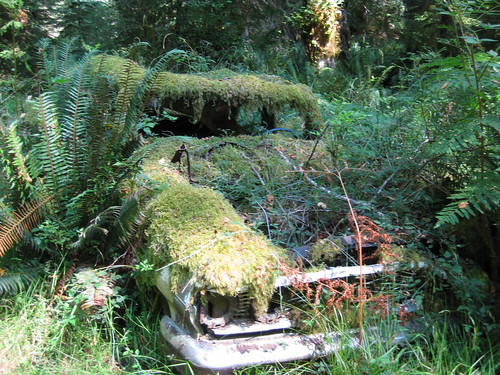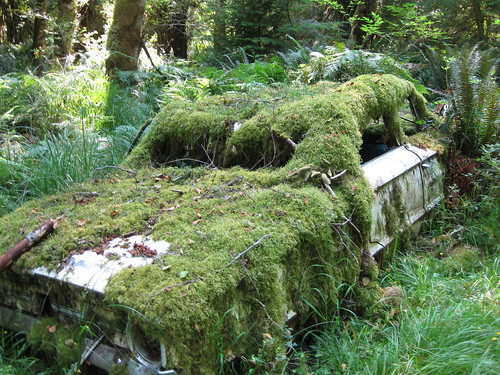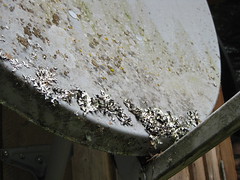Crusts of radiotrophic fungi fractalizing across the walls of Chernobyl’s blown out reactor core, cancer eating microbes drifting through the hyper-toxic waters of a lake full of mine tailings in Montana, the charred trunk of a ginkgo tree re-sprouting delicate leaves after the atomic blast at Hiroshima, Detroit’s feral houses and its ghetto pheasants – all these things indicate that despite the current ecological apocalypse, despite catastrophic climate change and the mass extinction of biota – nature itself isn’t going to go away any time soon.
No matter how much destruction we wreak, there are processes of regeneration lying in wait that are quietly evolving around us, or biding their time until we turn our backs. It’s as if the earth has a sentient biological field that sucks up our poisons and smothers the detritus of our civilization so that life itself can go on. Though it’s quite likely that we will precipitate the extinction of our own species along with the countless others we have already wiped out, the bio-field will survive, as it must. It is the immune system of the planet and the signs of it are everywhere if you know where to look. Regular readers will know I’ve long been interested in ruderal ecologies, which evolve when we stop maintaining architectural landscapes and they gradually transform into habitat for a range of pioneering organisms such as ragweed, coyotes and Ailanthus trees. Lately though, I’ve been tracking the absorption of various mass produced objects into the bio-field, some long discarded, others still in daily use. The shiny, manufactured surfaces we so fetishize are little match for the relentless progression of slimes, films and crusts that soon moves in to obscure them. Yet there is something magnificent in these ancient, incremental processes. Life on earth has a future. And it’s far beyond us.






